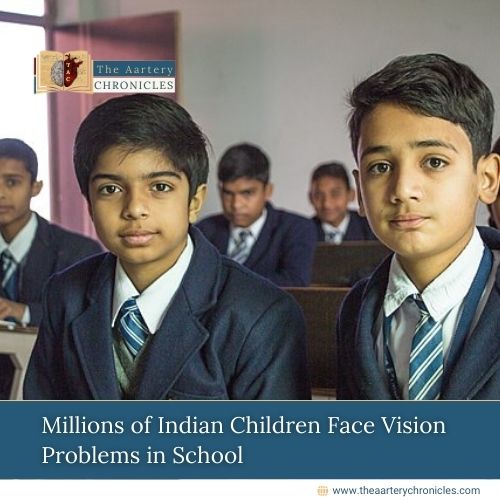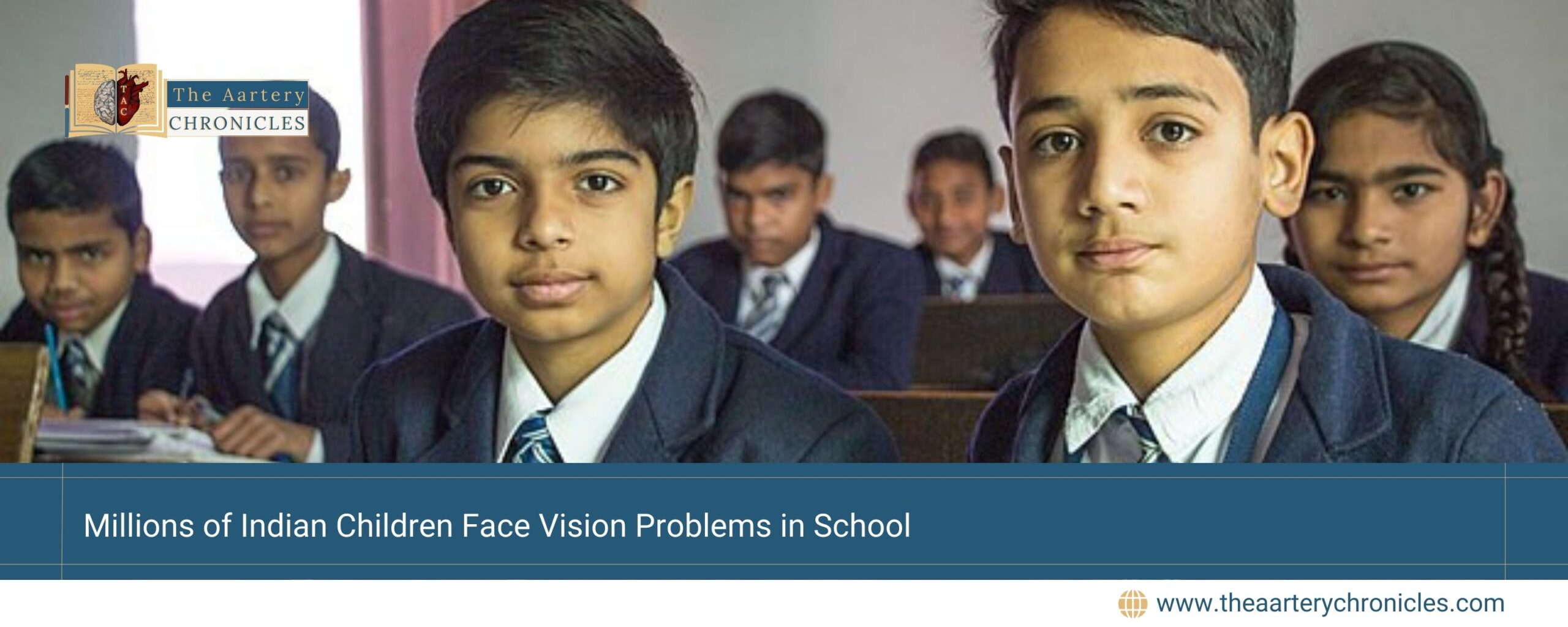

Millions of Indian Children Face Vision Problems in School
Every day, around 3.4 million children in India go to school with vision problems that remain uncorrected. Conditions like nearsightedness, farsightedness, and astigmatism prevent them from seeing clearly in the classroom, making it difficult to read books or see the blackboard. As a result, these children often fall behind their peers in learning.
Impact of Poor Vision on Learning and Income
To highlight the issue on World Sight Day 2024, a new report titled report “Learning and Economic Productivity Losses from Uncorrected Refractive Error in Schools” was published by the International Agency for the Prevention of Blindness (IAPB) in collaboration with the Seva Foundation. This research estimates how much children with vision problems lose in learning compared to those with corrected or normal vision.
The findings show that children with uncorrected vision learn about half as much as those with corrected vision. This learning gap continues to affect them later in life, impacting their earning ability. For instance, if a child as young as five is given glasses and continues to wear them until 18, they can expect to earn 55.6% more income over their lifetime compared to someone whose vision was never corrected.
Economic Benefits of Providing Glasses
The report also highlights that providing glasses to children could bring significant benefits to India’s economy. If all children with refractive errors were given corrective glasses, the country could gain an additional 1.2 million years of schooling yearly. This increase in education would result in a potential economic productivity boost worth ₹156 billion. This figure is calculated by translating individual learning loss into a percentage reduction in India’s projected GDP per capita.
India stands to gain more from correcting children’s vision than other large countries such as China and Brazil, which would gain 730,000 and 310,000 schooling years, respectively.
The Importance of Early Eye Screening
Unfortunately, many children’s vision issues remain undetected simply because they haven’t had access to eye tests or are unaware of the importance of annual eye check-ups. According to Vinod Daniel, CEO of the India Vision Institute, early detection and correction are key to addressing this issue. “Children’s vision is crucial for their learning and future opportunities. Ensuring access to screenings and glasses is essential to help them succeed,” he said.
Encouraging Children to Think About Eye Health
In addition to spreading awareness about the importance of vision care, the IAPB is also engaging children through a creative competition. The ‘Glasses of the Future’ competition encourages children to design new types of glasses, helping raise awareness about regular eye check-ups and the need for glasses.
In addition to spreading awareness about the importance of vision care, the IAPB is also engaging children through a creative competition. The ‘Glasses of the Future’ competition encourages children to design new types of glasses, helping raise awareness about regular eye check-ups and the need for glasses.
Conclusion
Uncorrected vision not only hampers children’s learning but also affects their future earning potential and the country’s overall productivity. Early screening, timely provision of corrective glasses, and regular eye check-ups can help ensure a brighter future for children in India.
Source: Inputs from various media Sources









